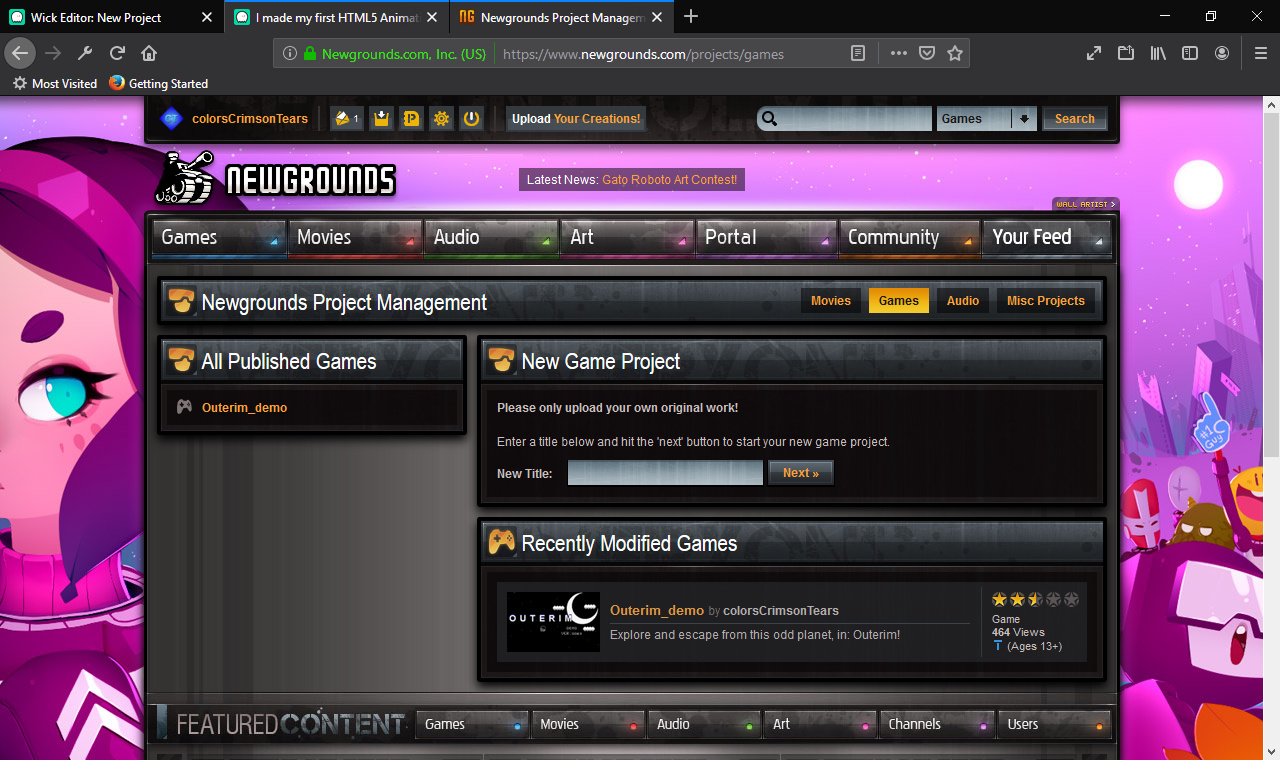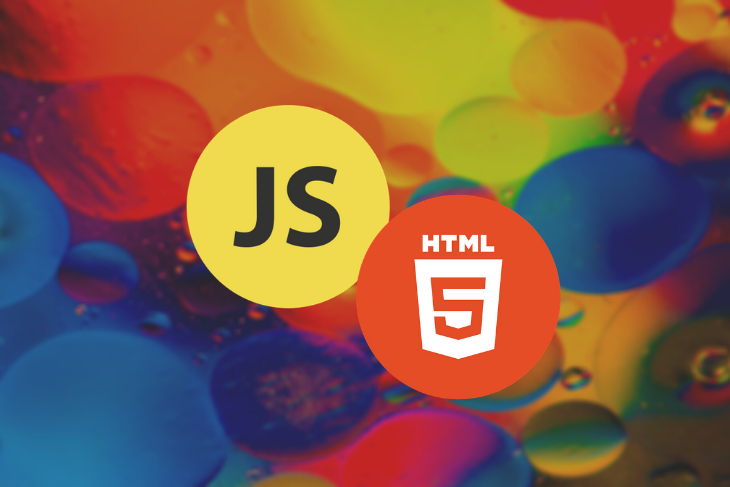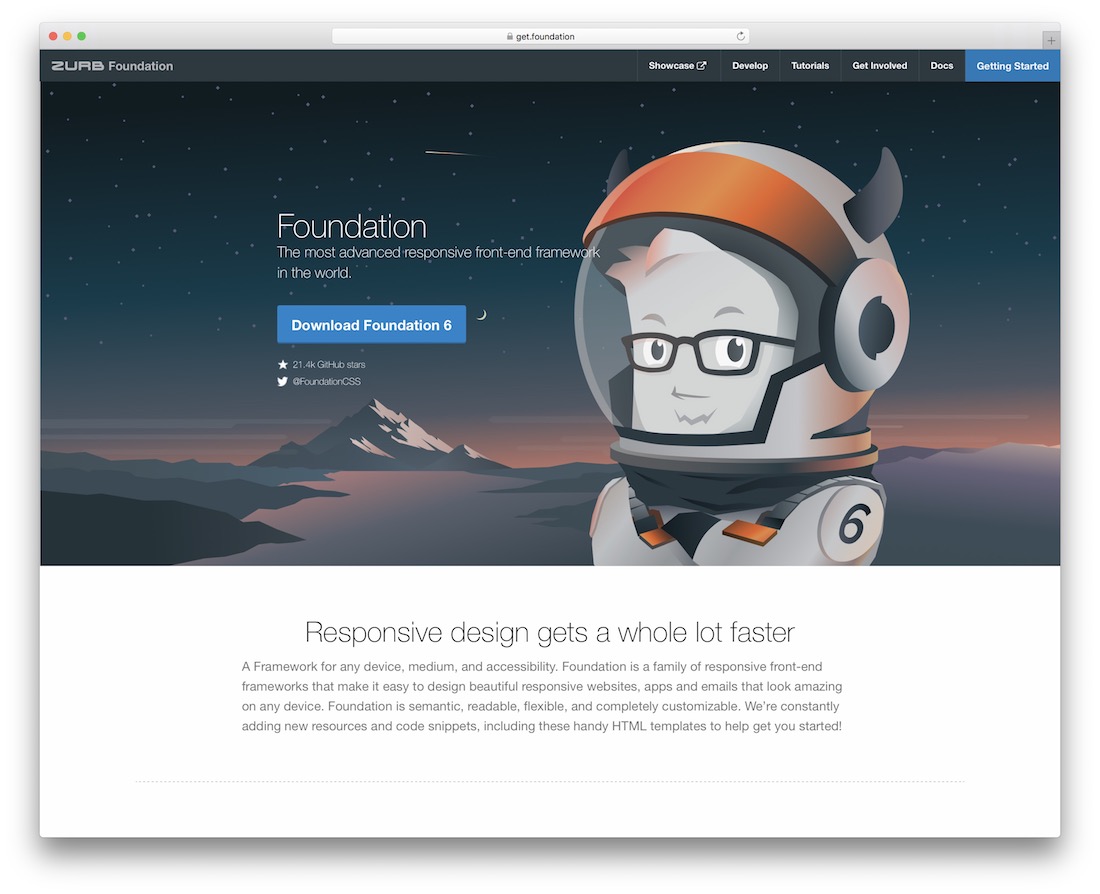

- #Should i use html5 as game frontend update#
- #Should i use html5 as game frontend full#
- #Should i use html5 as game frontend series#
Part 3 of a series on HTML5 Game Development Tips. I wrote a blog post that covers HTML5 game security in greater detail. Of course, this will differ as the type of game you're developing differs, but the moral of the story is you have to get creative :)

from the server we generate that JWT with the user's score and pass that on to Clay.io to post the score.
#Should i use html5 as game frontend full#
The full docs on this are here: clay.io/docs/encryption (max links hit on this answer)īack to Word Wars. This lets us communicate both ways (game -> Clay.io and Clay.io -> game), and is pretty painless to do. The solution was to encrypt JavaScript objects on the backend (node.js, php, whatever) using JWT (JSON Web Token), and pass that encrypted object rather than the score itself. The frontend Developer will be responsible for ensuring the alignment of web design and user experience requirements, optimizing web pages for maximum efficiency, and maintaining brand consistency across all web pages, among other duties. Needless to say, we needed a solution for games that have a backend to make certain things like high scores more secure. Whether to use also is up to you - it is not necessary. However, in practice (tested FF 15 and Chrome 21) it is anchored at the start only So if you want to be compatible both with the standard and reality, you should anchor your regex with a explicitly. Some users might consider it to be unusual. When it comes to Hashed URLs, the main disadvantage is its appearance. Sever configuration is simple and easy to distinguish between API and frontend requests (Still, we need to plan frontend asset paths). Clay.io offers an API for high level HTML5 game features like leaderboards, achievements, payment processing, etc. According to the standard, the regex is anchored at the start and end. Defining links with hash in the frontend is safe, as it won’t reload the page. This is where Clay.io, the company I'm working in comes in.

Once the game is over, the client sends the list of words they came up with to the server (NOT the score), and the server double-checks that those words existed in the board, and handles the scoring.
#Should i use html5 as game frontend update#
If it's a match, we update the client with the new score (there's a function based on letters used and their point values). On the client side, when the letters are typed and the enter key is pressed, we md5 (with the salt from the server) the word that was entered and check that against the list of hashed words provided by the server. A list of possible words for that board is generated and a hashed version (md5'd with a random salt) of each word as well as the salt are passed to the client. The game Word Wars is a boggle-esque game where you find as many words as you can from a 4x4 grid of letters.Īt the start of each game, a 4x4 board is generated server side. HTML5 is supported for most modern browsers.Adding on to what Larry said, you're definitely going to have to handle the scoring on the backend to really prevent cheating/fake score posting.įor an example of this in practice. HTML5 offers cool new tags such as, ,, and more to bring the HTML language more in-line with modern times. Think of HTML5 as an addition to the HTML family and not a replacement There is really nothing wrong with "old" tags and it all depends on your implementation and audience. Lots of websites rely on these "old" tags to still function and so taking them out would break a lot of websites. a game, as can trying to predict how people will. .NET vs HTML5: What are the differences.NET: A free, cross-platform, open source developer platform for building many different types of applications.NET is a general purpose development platform. Old tags are still around because they are still a crucial part of the HTML structure. The HTML5 spec states that the browser should return its confidence level that it can play the format. Fortunately, some HTML5 tags have fallback options in which non-supported browsers load different tags depending on who is viewing them If you wish to use the older HTML tags, you may do so. Also, HTML5 features more features such as sound, audio, canvas, video and greatly supports animation. To my understanding, HTML5 offers a more semantic approach towards coding the markup for a website.

Most modern browsers do support HTML5 but there are still lots of folks on the internet that are using old, outdated browsers. HTML5 is not a replacement for HTML, but an addition. Not everyone is using them because not every legacy browser supports them.


 0 kommentar(er)
0 kommentar(er)
